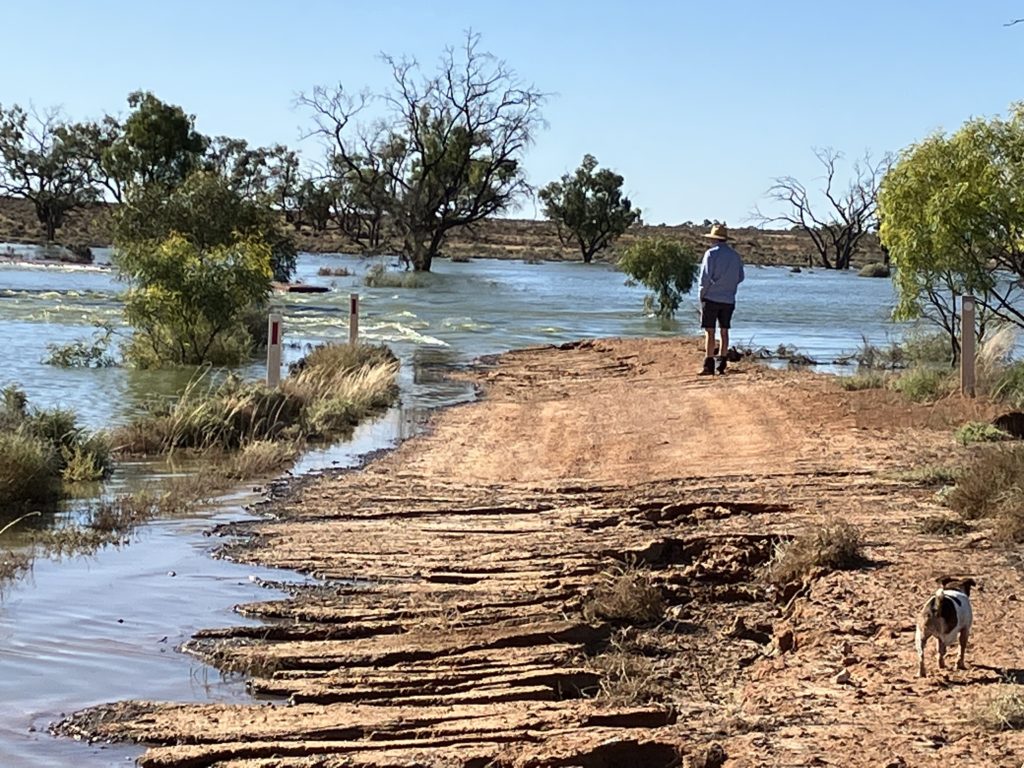Water, how is it valued?
The Basin Plan was brought in with the intent of improving riverine health and reducing the over allocation of water for irrigation, while still retaining the economic value within the basin communities. Or as explained on the MDBA website – The aim of the Murray–Darling Basin Plan is to bring the Basin back to a healthier and sustainable level, while continuing to support farming and other industries for the benefit of the Australian community. This is a great initiative and should result in a healthier and more productive basin for all. The reality is that there are a number of unintended consequences that need to be corrected as they occur, not after a 10 year review (due in 2026), they will only be more difficult to address, not easier. I would personally think that the role of CEO of MDB should be extremely high paid, very stressful and complex, given the autonomy required.
CoAG (Coalition of Australian Govts) agreed to apply competition policy & market principles to water in 1994, this was the push towards valuing water at the highest dollar value, good concept, we all need to value water. This is currently encouraging growing almonds, table grapes and a few other permanent plantings, at the expense of annual crops such as rice and cotton. This reduction in diversity of crops is at the detriment of the community and the region, especially in really variable climatic conditions, diversity is strength. The area that these plantings are in is mainly in the mid to lower section of the river, the drier area, where land is cheaper, there is more sand, allowing for good drainage and the land has already been cleared for dryland cropping. Due to there being no price or acknowledgement of losses in delivery, instead of water being used further up the system, this has meant more water is used further down the system, causing headaches for river managers to deliver that.
There has never been a genuine “water buyback” in the MDB to reduce water allocations, there has instead been many environmental water purchases, where irrigation water has been purchased to use for solely environmental reasons. A genuine water buyback would be when water is purchased and then the allocation is terminated, allowing extra water to flow down the river and increase reliability of existing allocations. Water being purchased for the environment is a benefit to all, no doubt, as it is accounted for every bit as carefully as irrigation water, then this has done nothing to address the over allocation issue.
Irrigation water has a significant economic impact wherever it is used around the basin, due not only to the production, also all the goods and services required to grow the crop. To give an example of this a megalitre of water might produce $500 worth of say rice, in order to deliver this $500 worth of rice the farmer would annually spend >$400 on fixed and variable costs. This annual spend of around 90% of the gross product has a significant flow on effect through the region, on freight, chemicals, fertilizers, agronomy, harvest, machinery to name a few. Such an important factor for our whole community to take into account when water allocations are purchased for environmental use, this economic flow of funds through the community is changed.
The shift in water management looking to address the decline in riverine health is exceptionally positive and a great direction, the biggest winners out of this need to be those that live in the basin. The ability to have a water allocation to improve the environment is a great tool for the basin, I do reckon that the total focus on just a few sites along the river doesn’t give the communities genuine ownership of the great environmental outcomes. I would like to see opportunities for every community no matter where they are in the basin to have ownership and deliver local environmental gains, this helps with education and culture change. An example might be when there is low flows all environmental water should be used in stream to provide diversity and maintain connectivity in river, or there might be a nice billabong near a town. The opportunity to wet floodplains should only happen when there is a higher flow and environmental water can be added on top, creating a valuable over bank flow, rather than build too many “flood mimicking” structures.
As a livestock farmer we manage multiple resources, animals, grass, water and money, to name some. We must be constantly reviewing and changing our management in order to be in line with constantly changing conditions. Currently we are allowing the price of water to dictate the management too often, there really needs to be some good conscious decisions around water management and use, to deal with the unintended consequences that invariably turn up with any new regime.

